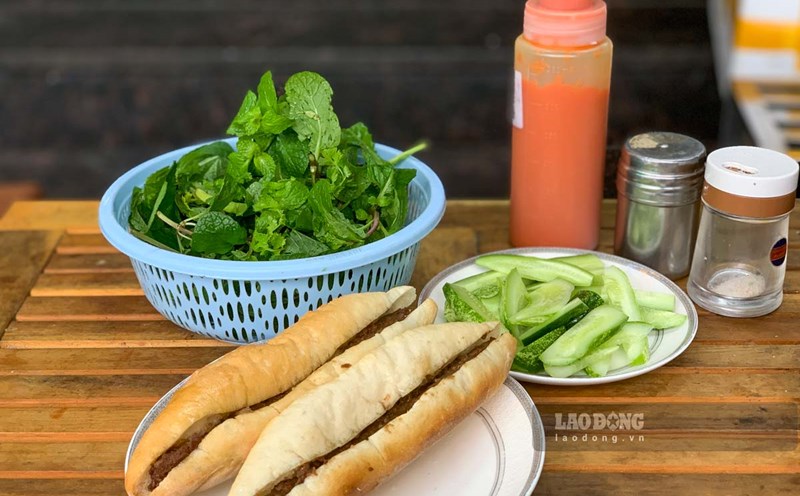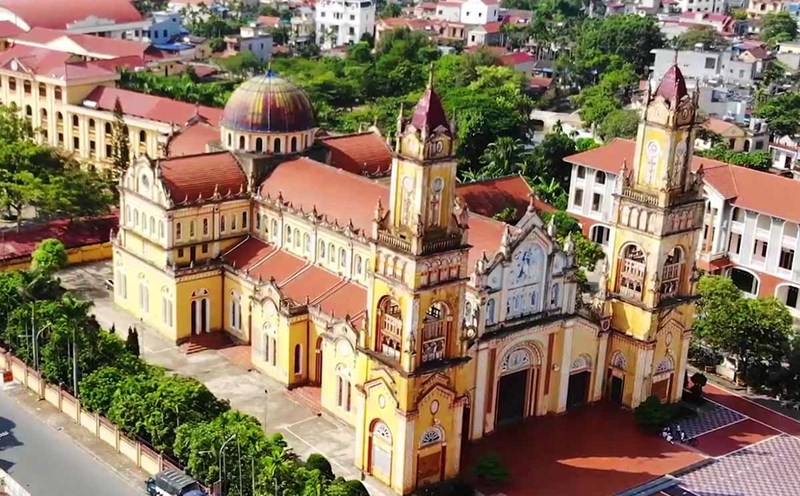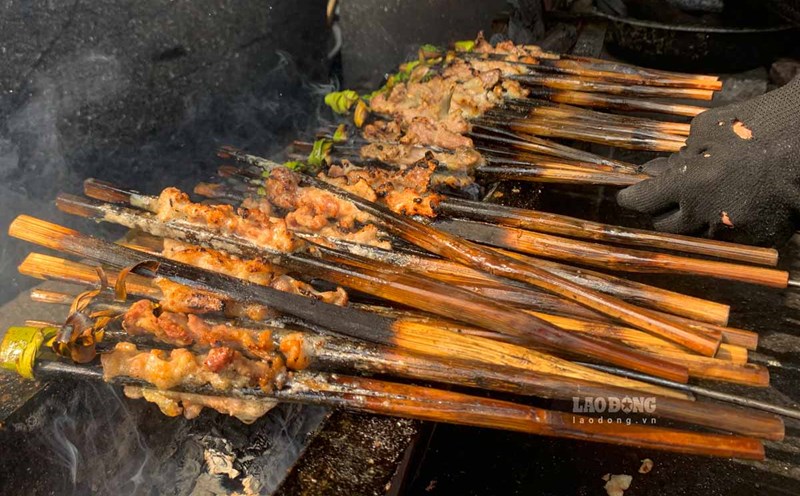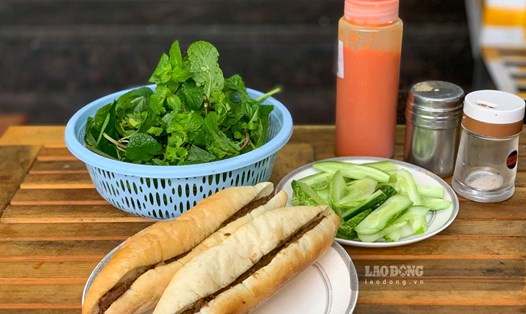Banh xeo too has long been a childhood dish of many generations of Nam Dinh people and has become a famous specialty here. No one remembers exactly when this cake was introduced to Nam Dinh, only knowing that it originated from the Chinese community who lived in Pho Duong (now Hoang Van Thu street, Nam Dinh city).
To make Nam Dinh sticky rice cake more suitable for Vietnamese tastes, over time, there have been adjustments in both processing method and ingredients.
As the third generation in the family to continue making banh xeo toai, Mr. Nguyen Manh Tuan (owner of a banh xeo toai on Hoang Van Thu street, Nam Dinh city) said that to have a standard banh xeo toai, you have to go through many stages.
The baker needs to be meticulous right from the ingredient selection stage. Then make the cake crust from flour, mix according to a family recipe.
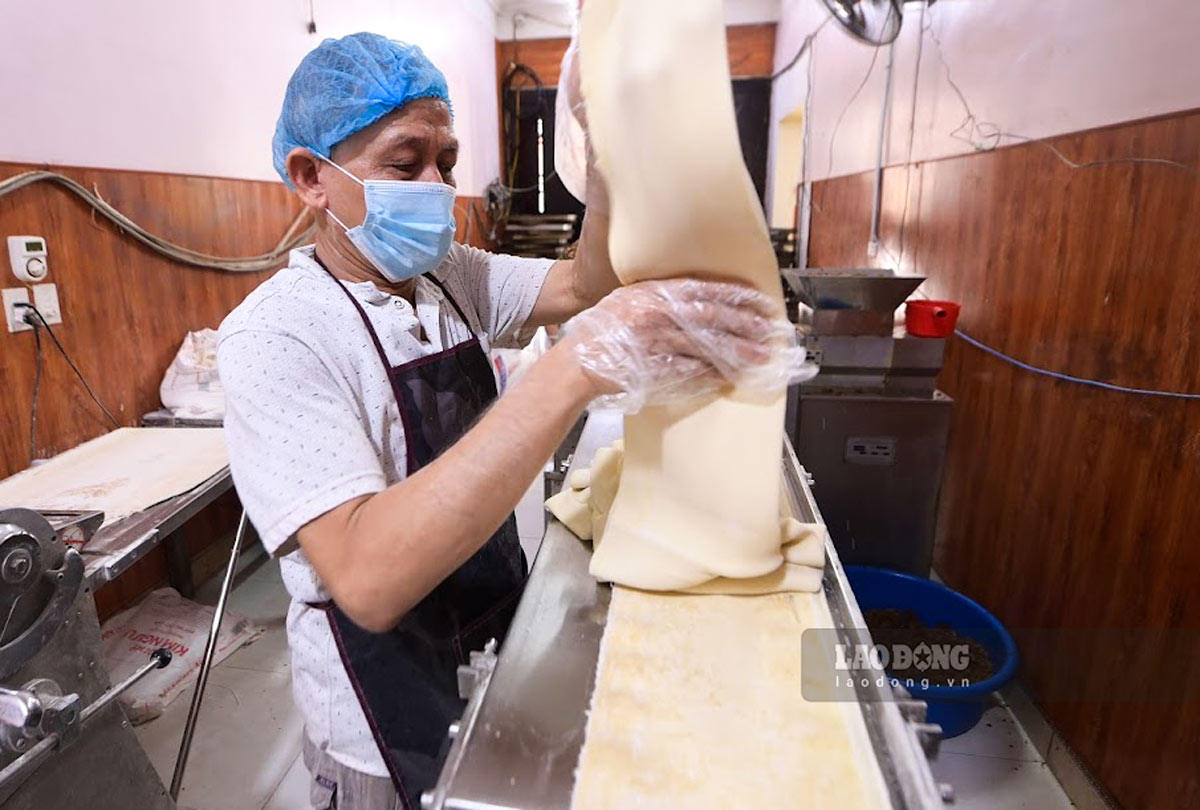
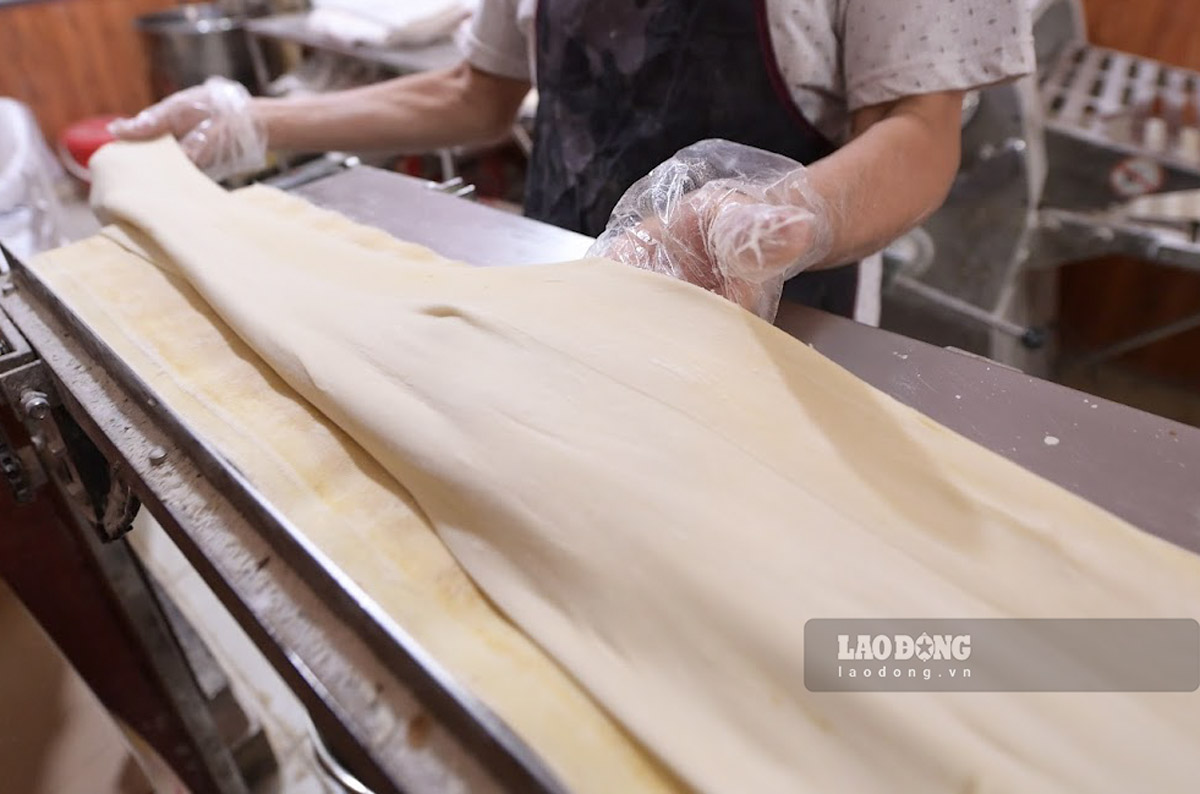

"When the flour is smoothed and fully cooked, we divide the flour and stuff it. The fillings including: eggs, meat, wood ear mushrooms, dried onions... are all processed before cooking, helping to create a delicious and rich flavor from within. After being baked, the cake will be baked twice, each time squeezing a layer of cooking oil and egg yolks, creating an eye-catching yellow color," said Mr. Tuan.
According to those who have experience making banh mi tai too for many years, the banh mi meets the standards when the skin is round, yellow-brown, thin and crispy, but the filling inside is not dry, still soft and mushy.
Regularly buying banh xeo for the family to enjoy and as gifts for relatives, Ms. Nguyen Thi Dung (Nam Dinh City) said: "I often buy banh xeo for the family to eat at bus trips, especially on cool days. The skin of the cake is thin, bitten into the fragrant, creamy filling.
I bought the cake for 5,000 VND/piece, the price is suitable to buy as a gift. Many people are given cakes, eaten at one time and enjoy them all the time, every time they meet, I tell them to buy them."


